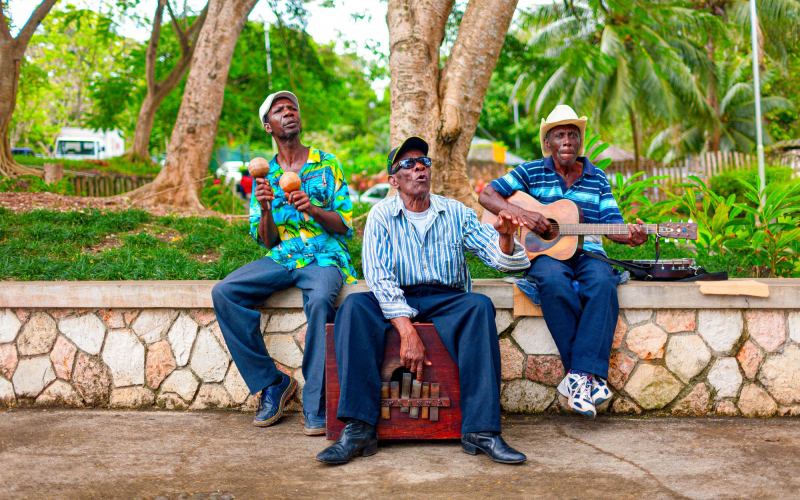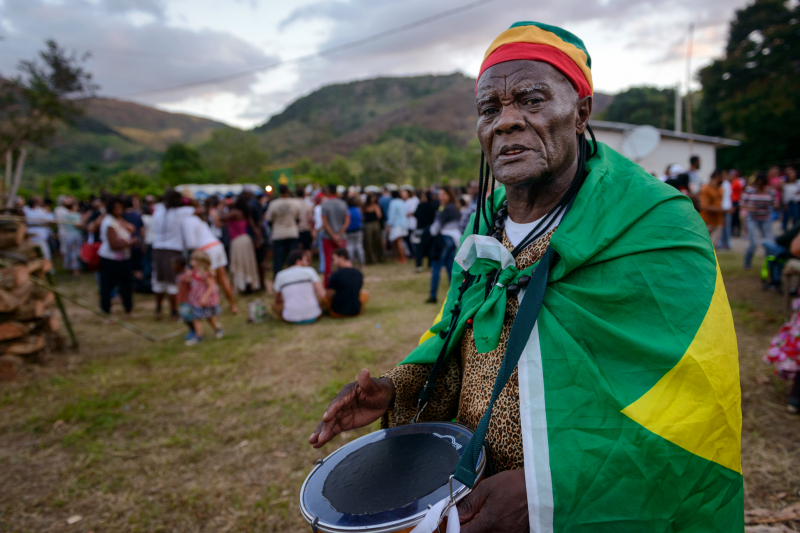Jamaican culture

Jamaican culture is vibrant and proud. It is one of the most popular and distinct cultures in the world, embraced by both natives and non-Jamaicans. That is one of the reasons to visit Jamaica. Its culture has been greatly influenced by British customs and the quest for origins in traditional forms. The latter is mostly based on the island's African heritage's colorful, rhythmic intensity. Government, medicine, Christian worship, and the arts are still heavily influenced by Europe. Religious life, Jamaican Creole language, gastronomy, proverbs, drumming, the rhythms of Jamaican music and dance, traditional medicine (associated with herbal and spiritual healing), and Anansi, the spider-trickster, all have African continuities.
Jamaican theater and musical organizations are thriving. Dancehall music, which features a rapping, or "toasting," deejay, became popular in the late twentieth century. Every year, hundreds of new records are released by Jamaican performers. The Reggae Sumfest attracts a significant number of local and international fans. Local art exhibitions are common, and the visual arts are an active and prolific element of Jamaican culture. Internationally renowned artists include painters Albert Huie and Barrington Watson, as well as sculptor Edna Manley.
Aside from the excellent food and music, one of the best features of the culture is the Jamaican people's livelihood and friendliness. There are numerous cultural sites, such as the Bob Marley Museum and Devon House, where tourists may learn about Jamaica's history and culture.
- Travel tips: The Bob Marley Museum and Devon House, where you can learn about the history and culture of Jamaica.







